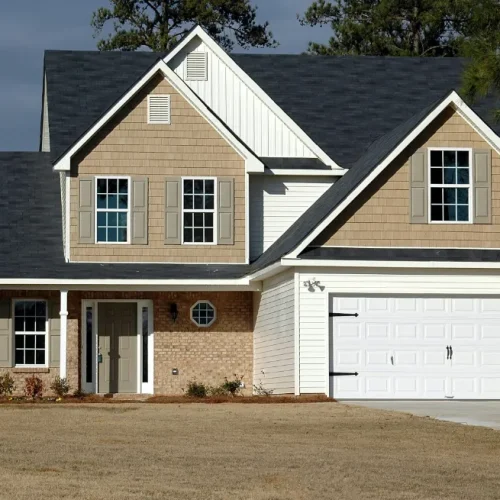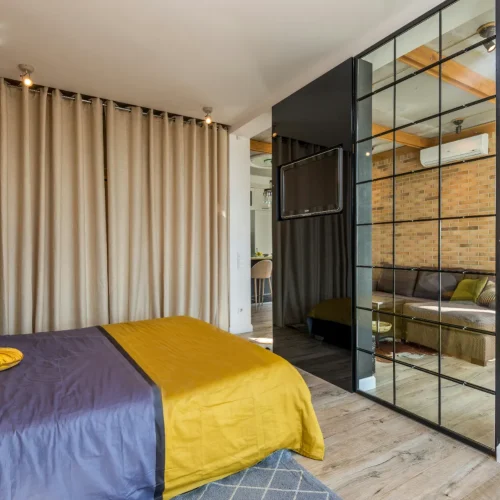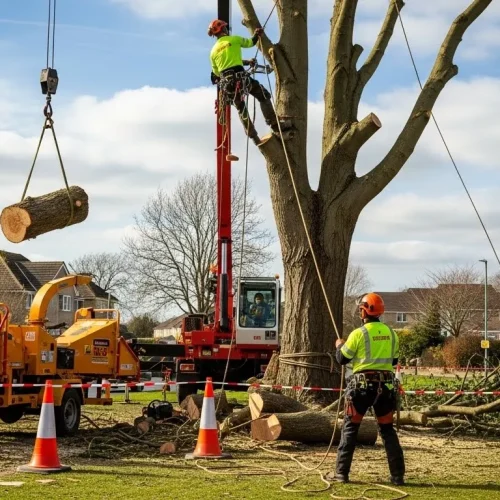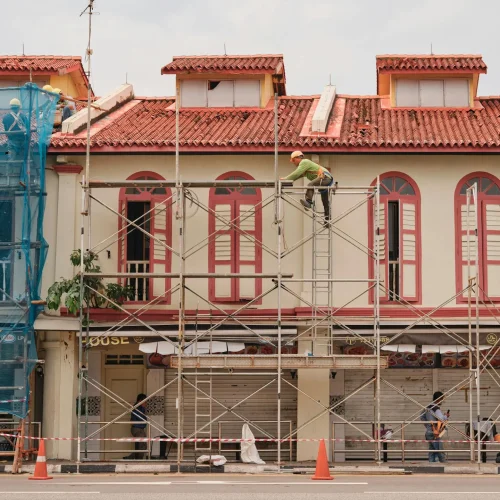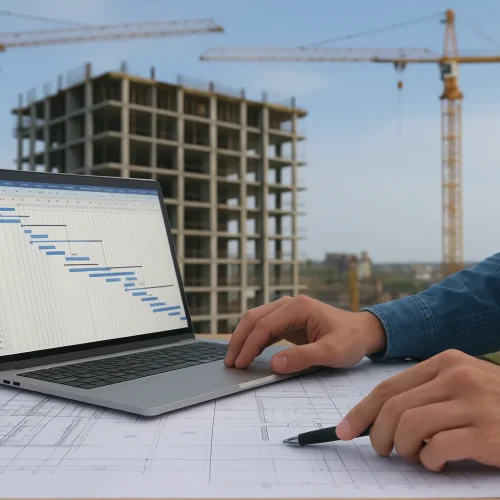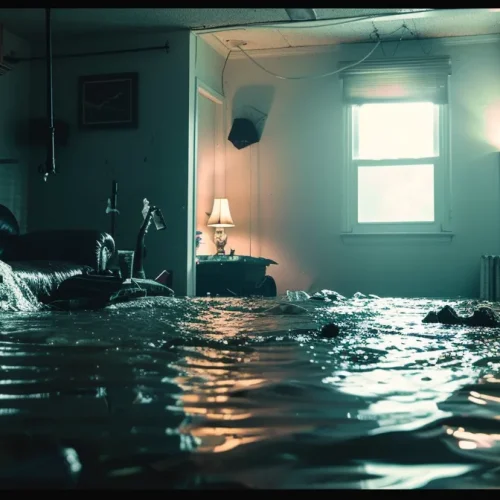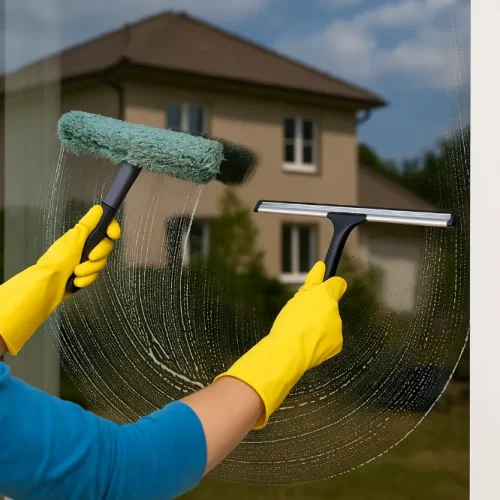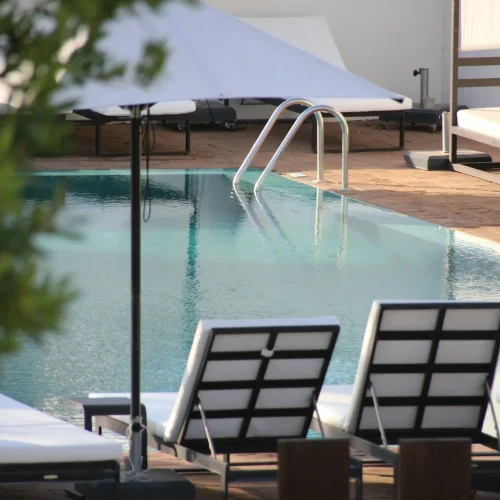Renovating your home is one of the most exciting yet nerve-wracking decisions you’ll make as a property owner. Whether you’re looking to add value before selling, create your dream living space, or simply update tired fixtures, the sheer number of choices can feel overwhelming. Where should you spend your hard-earned money? Which rooms deliver the best return on investment? And how do you avoid the costly mistakes that plague so many renovation projects?
The truth is, not all home improvements are created equal. While that Instagram-worthy home gym or elaborate outdoor kitchen might seem appealing, savvy homeowners know that strategic renovations in key areas deliver far better results—both in terms of lifestyle improvement and property value. After speaking with countless homeowners, builders, and real estate agents across Australia, a clear pattern emerges: the spaces that have the biggest impact on how we live daily are the ones worth prioritizing.
This guide will walk you through the smartest renovation investments you can make in your home, with practical insights on budgeting, planning, and execution. Whether you’re in a metropolitan hub or a regional center, the principles of smart renovating remain consistent—invest where it counts, plan thoroughly, and never compromise on quality in the spaces you use most.
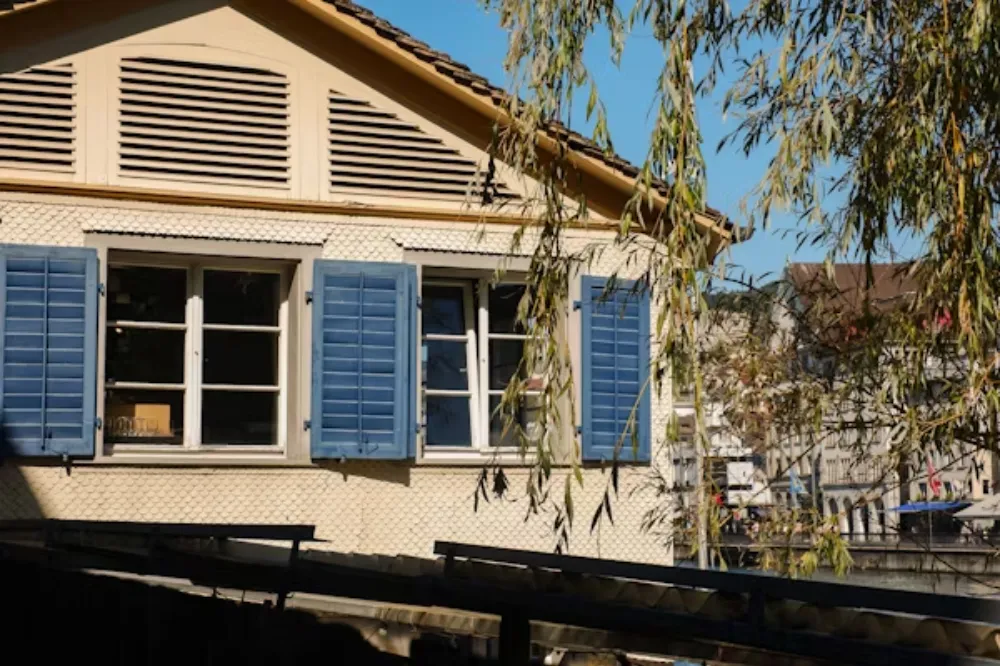
The Kitchen: The Heart of Your Home and Your Investment
There’s a reason real estate agents repeatedly emphasize kitchen quality when valuing properties. This isn’t just industry talk—the kitchen genuinely functions as the central hub of modern Australian homes. We’ve moved far beyond the days when kitchens were purely functional spaces hidden away from guests. Today’s kitchens are where families gather, where remote workers grab their third coffee of the day, where kids do homework at the island bench, and where dinner parties naturally gravitate regardless of your seating arrangements elsewhere.
The transformation of kitchens into multifunctional living spaces means they work harder than any other room in your home. That constant use shows wear and tear quickly, making outdated kitchens particularly noticeable to both homeowners and potential buyers. A tired kitchen with laminate benchtops from the 1990s, insufficient storage, and poor lighting doesn’t just look bad—it actively diminishes your daily quality of life.
But here’s where many homeowners stumble: they either overspend on unnecessary luxury features or drastically underestimate the true cost of a quality renovation. The middle ground is crucial. Understanding the realistic kitchen renovation cost for your area and circumstances helps you budget appropriately and make informed decisions about where to splurge and where to save. The last thing you want is to run out of funds midway through and be left with a half-finished space or forced to cut corners on critical elements.
When planning your kitchen renovation, think about the elements that matter most. Quality cabinetry with soft-close mechanisms and clever internal fittings will serve you infinitely better than cheap cabinets wrapped in expensive-looking facades. Stone benchtops—whether natural or engineered—prove their worth every single day through durability and timeless appeal. Proper lighting transforms functionality; a combination of task lighting, ambient fixtures, and natural light makes cooking safer and more enjoyable while showcasing your new space beautifully.
Storage solutions deserve special attention. Most Australian kitchens suffer from inadequate storage rather than insufficient space. Deep drawers with dividers for pots and pans, pull-out pantries that maximize corner spaces, appliance garages that hide benchtop clutter, and well-designed overhead cabinets that reach the ceiling all contribute to a kitchen that functions smoothly. These aren’t glamorous features that photograph well, but they’re the difference between a kitchen you love using and one that frustrates you daily.
The appliances you choose also significantly impact both your experience and your budget. While professional-grade ranges might suit keen home cooks, most families benefit more from reliable, energy-efficient mid-range appliances that do their job well without the premium price tag. Invest in a quality rangehood with sufficient extraction capacity—this is an area where going cheap creates long-term problems with grease buildup and cooking odors.
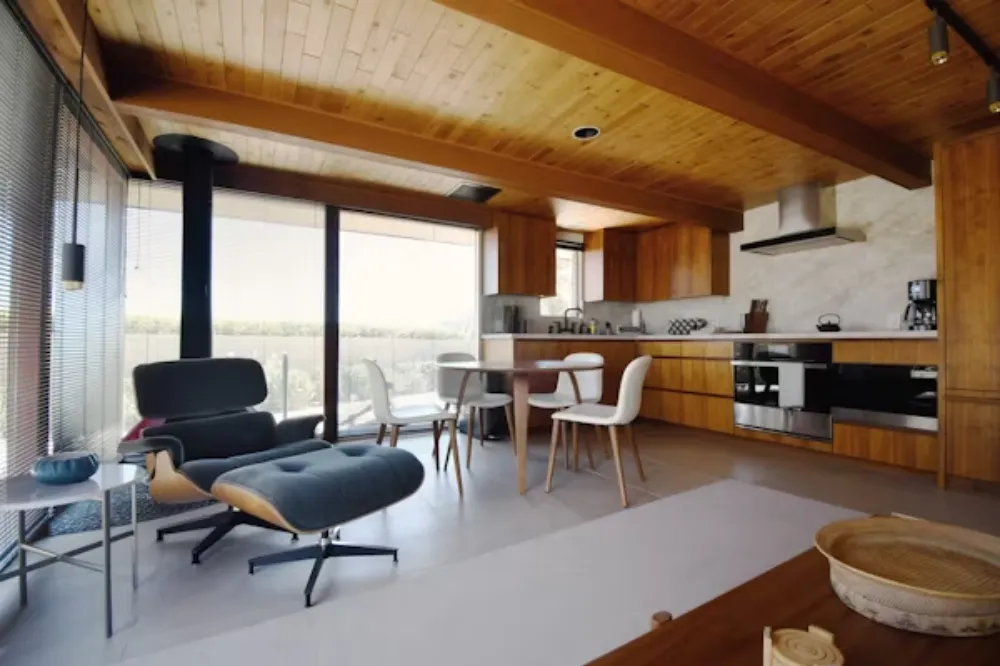
Bathrooms: Small Spaces with Big Impact
While kitchens might be the heart of the home, bathrooms are where we begin and end each day. These intimate spaces significantly affect our daily routines and overall wellbeing, yet they’re often overlooked in renovation planning until they’re absolutely falling apart. That’s a mistake. Outdated, poorly functioning bathrooms create unnecessary stress every morning and evening, while well-designed bathrooms become personal sanctuaries that add genuine value to your lifestyle.
The beauty of bathroom renovations lies in their versatility. Unlike kitchens where you generally need everything—cabinetry, appliances, benchtops, splashbacks—bathrooms offer more flexibility in approach. A modest bathroom refresh might involve new fixtures, updated tiling, and improved lighting, while a complete overhaul could reconfigure the entire layout, add luxury features like heated floors or a freestanding bath, and transform the space entirely.
Regional differences matter more with bathrooms than many realize. Climate considerations, local building codes, water efficiency requirements, and regional aesthetic preferences all influence the final result. What works beautifully in a humid Queensland climate might need adjustments for cooler southern states. Similarly, coastal areas require careful material selection to withstand salt air corrosion. This is where working with experienced local professionals makes all the difference—they understand the unique challenges and opportunities of your specific location.
For homeowners in Tasmania, for instance, choosing specialists who understand the island state’s particular climate demands and design sensibilities ensures better results. From proper ventilation to combat moisture in cooler months to selecting fixtures that withstand temperature fluctuations, local expertise matters. If you’re considering updating your bathroom, researching experienced providers offering bathroom renovations in Launceston residents can connect you with professionals who understand these regional nuances and deliver results suited to your environment.
The key priorities in any bathroom renovation should be waterproofing, ventilation, and fixture quality. These aren’t the exciting elements that make your Pinterest board, but they’re absolutely critical. Poor waterproofing causes devastating damage that’s expensive to repair and can affect structural integrity. Inadequate ventilation leads to mold growth, peeling paint, and musty odors. Cheap fixtures break, leak, and need replacing far sooner than quality alternatives, ultimately costing more in the long run.
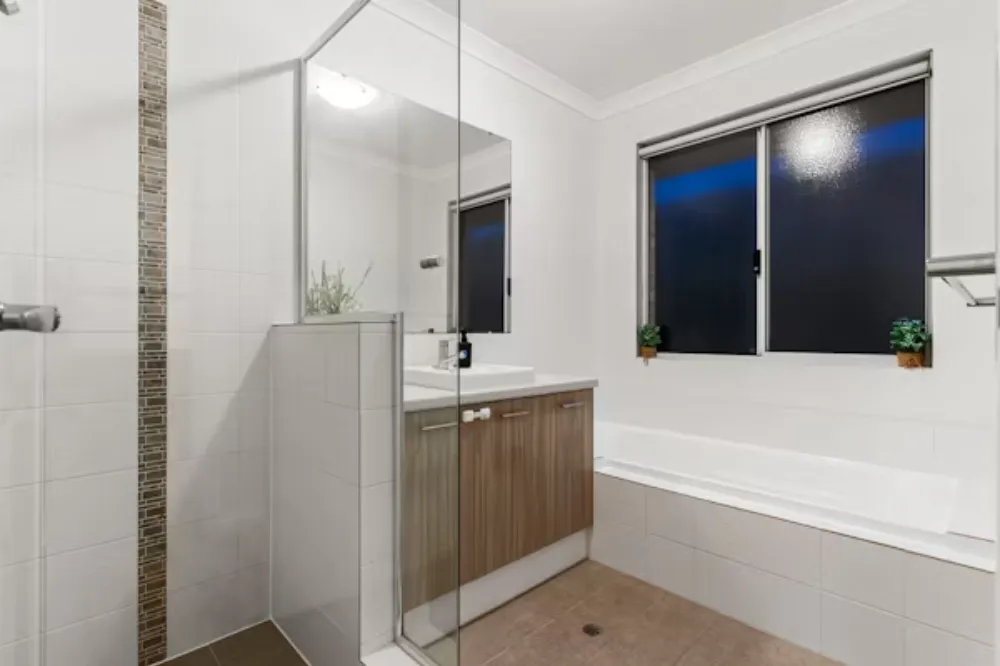
Beyond Kitchens and Bathrooms: Other Smart Renovation Investments
While kitchens and bathrooms rightfully receive the most attention in renovation discussions, other areas of your home also offer worthwhile investment opportunities. The key is understanding which improvements genuinely add value versus those that primarily reflect personal taste.
Flooring throughout living areas makes an enormous difference to how your home feels and functions. Dated carpet, scratched floorboards, or tired tiles drag down the entire aesthetic regardless of how nice your furniture might be. Modern flooring options like hybrid timber, polished concrete, or high-quality tiles create cohesion throughout open-plan spaces and prove remarkably durable. The investment in quality flooring pays dividends through reduced maintenance, improved aesthetics, and better resale appeal.
Outdoor living spaces have become increasingly important to Australian homeowners, particularly after recent years when we all spent more time at home. A well-designed deck, patio, or alfresco area effectively extends your living space and creates opportunities for entertaining and relaxation. These areas don’t require massive budgets—thoughtful landscaping, quality outdoor furniture, appropriate shade solutions, and good lighting transform outdoor spaces without breaking the bank.
Storage solutions throughout your home deliver practical value that affects daily living. Built-in wardrobes in bedrooms, organized laundry spaces with proper cabinetry, mudroom areas near entryways, and clever storage in hallways all reduce clutter and make your home function better. While these improvements might not create wow-factor moments, they’re the changes you’ll appreciate every single day.
Energy efficiency upgrades often get overlooked in renovation planning, yet they deliver ongoing financial returns and environmental benefits. Updated insulation, double-glazed windows, energy-efficient lighting, solar panels, and modern heating and cooling systems reduce utility bills while improving comfort. The upfront investment typically pays for itself over time through reduced running costs, and these features increasingly influence buyer decisions in the resale market.
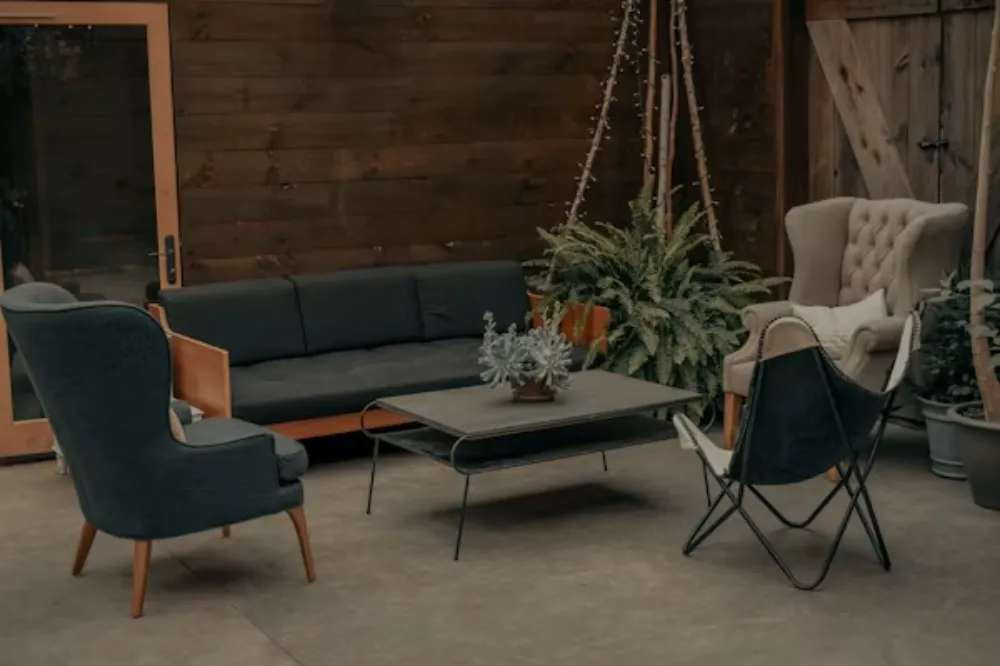
Planning Your Renovation: Practical Steps for Success
Even the best renovation intentions falter without proper planning. The difference between a successful project that stays on budget and on schedule versus one that spirals into a stressful, expensive nightmare usually comes down to thorough preparation.
Start by clearly defining your objectives. Are you renovating to sell, or to create your forever home? The answer significantly influences your choices. Renovations aimed at sale should focus on broad appeal and proven return-on-investment areas. Renovations for your own long-term enjoyment allow more personal expression, though staying aware of resale implications remains wise unless you’re absolutely certain you’ll never sell.
Budget realistically and then add a contingency. Most experts recommend adding 10-20% to your estimated costs to cover unexpected issues, and this isn’t pessimism—it’s pragmatism. Hidden problems like faulty wiring, plumbing issues, or structural surprises emerge frequently once walls open up. Having a financial buffer prevents the awful position of running out of money mid-project.
Timeline expectations also need realism. Quality work takes time, and rushing creates problems. Material delays, weather disruptions, and the need for inspection approvals all affect schedules. Building in extra time reduces stress and allows trades to do their best work rather than cutting corners to meet unrealistic deadlines.
Choosing the right professionals matters enormously. The cheapest quote rarely delivers the best result. Research thoroughly, check references, view previous work, and ensure proper licensing and insurance. Good builders, designers, and tradespeople are worth their rates—they bring expertise, problem-solving skills, and quality workmanship that budget alternatives simply cannot match.
Communication throughout the project prevents many common issues. Regular check-ins with your builder, prompt decision-making when choices arise, and documented agreements about changes all contribute to smoother projects. The best builder-client relationships involve mutual respect, clear expectations, and open dialogue about any concerns.
Making Your Renovation Work for You
The most successful renovations balance practical considerations with personal style. You’re creating a space that needs to function well for your specific lifestyle while also maintaining broad appeal for eventual resale. This balance isn’t always easy, but it’s achievable with thoughtful planning.
Consider how you actually use your spaces. A keen cook needs different kitchen features than someone who primarily reheats meals. A family with young children has different bathroom requirements than empty nesters. Honest assessment of your real needs—not aspirational Pinterest visions—leads to renovations you’ll genuinely appreciate.
Think about longevity in your material and design choices. While trend-driven renovations might look amazing initially, they date quickly and may require updating sooner than classic, timeless approaches. This doesn’t mean boring—it means choosing quality materials in versatile styles that won’t feel dated in five years.
Quality always outperforms quantity. A beautifully executed bathroom renovation delivers more satisfaction and value than mediocre updates to multiple spaces. Focus your budget on doing fewer things excellently rather than many things adequately. This approach creates genuine impact and ensures the renovated spaces truly enhance your home.
Sustainability considerations increasingly influence renovation choices, and rightly so. Selecting materials with minimal environmental impact, choosing energy-efficient fixtures and appliances, incorporating water-saving features, and designing for longevity rather than disposability all contribute to more responsible renovating. These choices benefit both your ongoing costs and the planet.
Your renovation represents a significant investment of money, time, and emotional energy. Approaching it strategically—focusing on spaces that matter most, budgeting realistically, choosing quality materials and tradespeople, and planning thoroughly—maximizes the likelihood of results that enhance your daily life and add genuine value to your property. The homes that feel most successful aren’t necessarily those with the biggest budgets, but those where thoughtful decisions created spaces that truly work for the people living in them.


